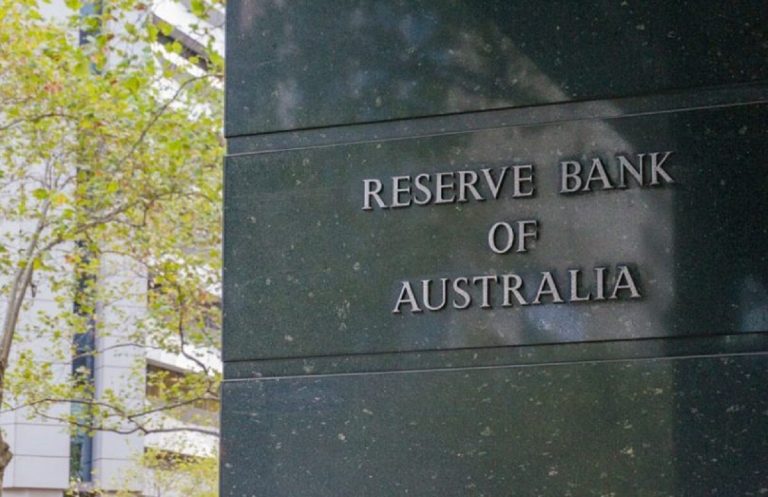Yesterday saw a snoozy start to July for European markets with an initially positive open giving way to a mixed session, with US markets only opening for a short time ahead of the US Independence Day holiday today.
US markets finished their shortened trading session making some modest gains, but interest was relatively low-key with the latest ISM manufacturing numbers for June pointing to continued weakness in that part of the US economy.
On a more positive note, if you can call it that, the weak prices paid component of the data showed that inflationary pressure has continued to ease and as such might offer the hope that a July rate hike from the Fed could well be the last one before a lengthy pause.
European manufacturing PMIs also exhibited similar weakness in their respective components, with varying degrees of contraction, however there was a common theme running through them, which was declining output, as well as falls in new orders.
In the UK numbers we also saw reports of falling input costs due to lower fuel costs, commodity price decreases, and improvements in supply chains. Average output prices also fell for the first time since April 2016.
These trends would appear to suggest that for all the hawkish narrative coming from central bankers that a wave of disinflation is working its way through the global economy, and that if they aren’t careful, they could end up over tightening at a time when inflation is already on a downward path
That said, central banks biggest problem is that they are so wedded to their 2% inflation target that rather than accepting the fact it may take years to fall back to that level, they risk breaking something in order to get it back there quicker.
Earlier this morning the Reserve Bank of Australia took the decision to follow up its surprise 25bps rate hike of last month, by deciding to keep rates on hold, albeit with the same hawkish bias as last month. The central bank statement went on to say that inflation was still too high and that more tightening may well be required.
With meetings occurring on a monthly basis the bank appears to have decided to wait and see the effects recent rate hikes have had on the wider economy, as well as waiting to see what other central banks do later this month, even though we pretty much know that further rate hikes are coming from the likes of the Federal Reserve and ECB.
With the labour market looking strong, services inflation still looking sticky it remains unlikely that we’ve seen the terminal rate yet for the Australian dollar, with markets pricing at least another 38bps of hikes by year end, although this number could come down.
Today’s European session looks set to be a quiet one with the US off for the 4th July holiday, and little in the way of economic data ahead of tomorrow’s services PMI numbers for June which are likely to make for better reading from an economic resilience point of view.
EUR/USD – continues to find support in and around the 1.0830/40 area and 50-day SMA, with resistance remaining at the 1.1000 area. A break below the lows last week opens the way for a potential move towards 1.0780.
GBP/USD – while above the 50-day SMA at 1.2540, as well as trend line support from the March lows, bias remains higher for a move back to the 1.3000 area. Currently have resistance at 1.2770.
EUR/GBP – finding support between 0.8570/80 area, with resistance at the 50-day SMA which is now at 0.8663. Behind that we have 0.8720. Below 0.8560 targets 0.8520.
USD/JPY – slipped back to the 144.00 area yesterday before rebounding but has so far held below 145.00. The key reversal day remains intact while below 145.20. A break below 143.80 targets a move back to the 142.50 area. Above 145.20 opens up 147.50.
Disclaimer: CMC Markets is an execution-only service provider. The material (whether or not it states any opinions) is for general information purposes only, and does not take into account your personal circumstances or objectives. Nothing in this material is (or should be considered to be) financial, investment or other advice on which reliance should be placed. No opinion given in the material constitutes a recommendation by CMC Markets or the author that any particular investment, security, transaction or investment strategy is suitable for any specific person. The material has not been prepared in accordance with legal requirements designed to promote the independence of investment research. Although we are not specifically prevented from dealing before providing this material, we do not seek to take advantage of the material prior to its dissemination.

